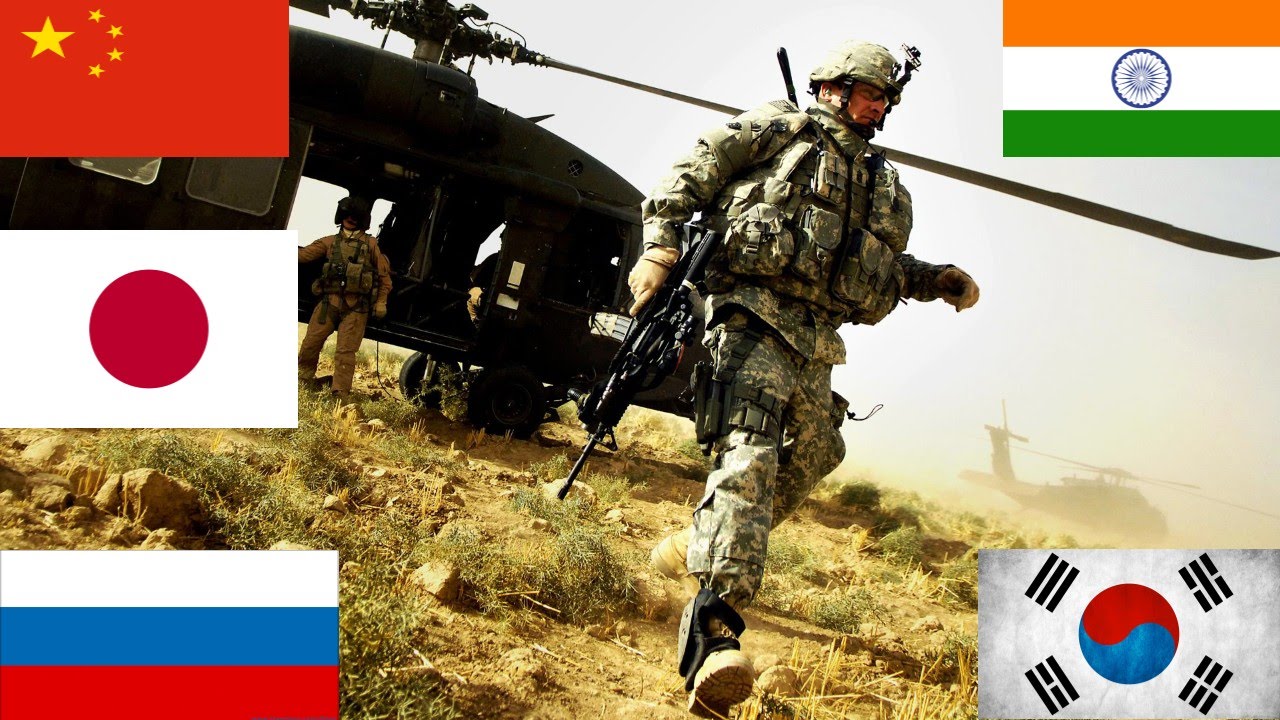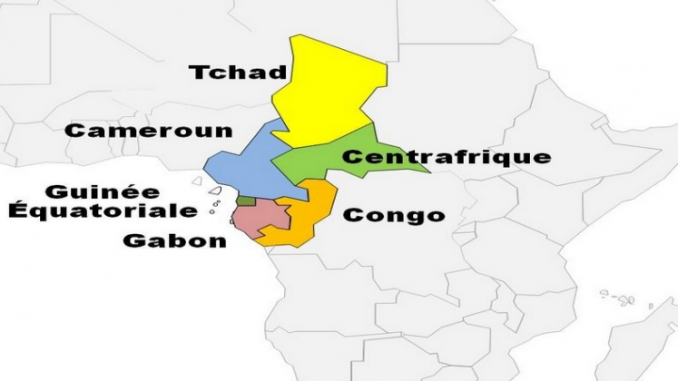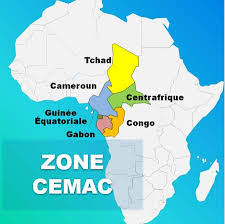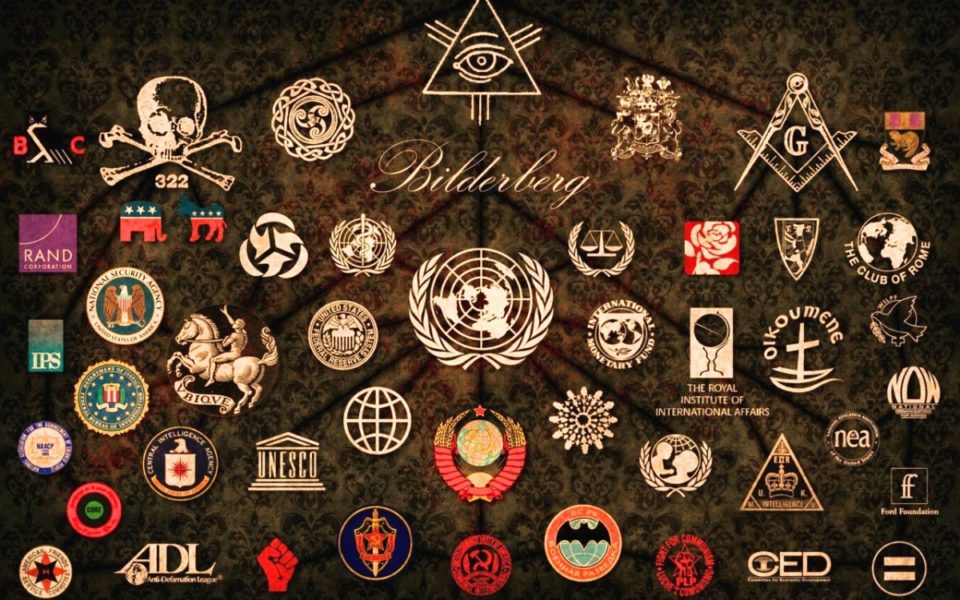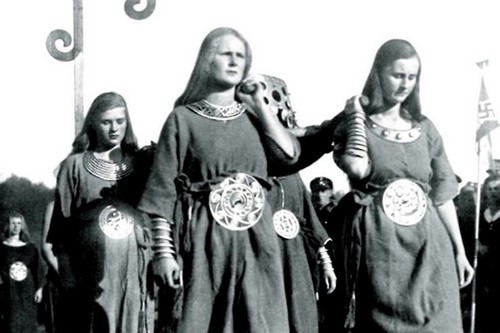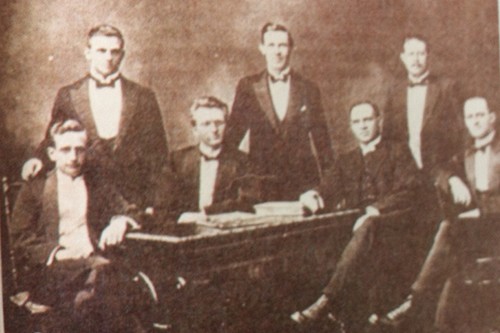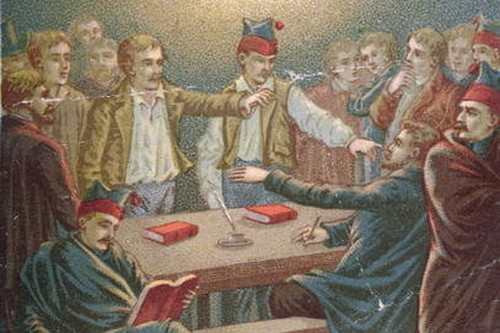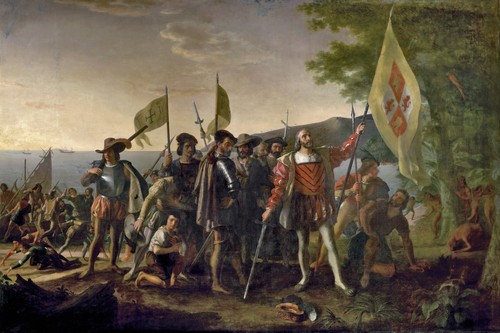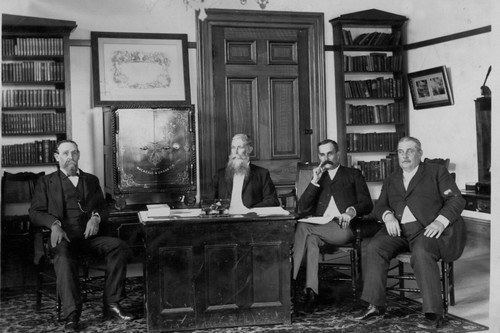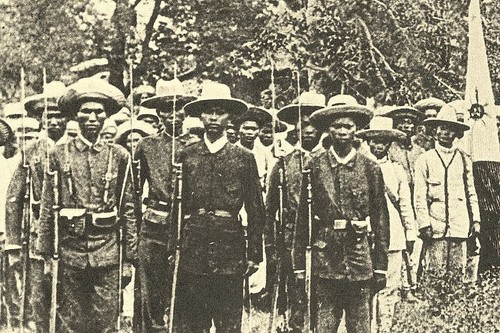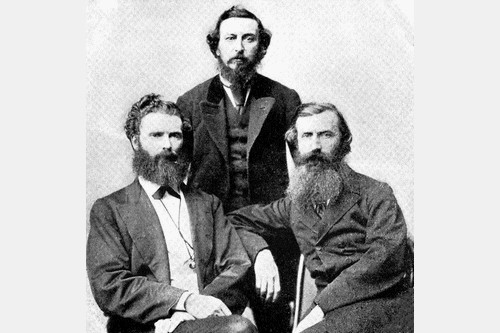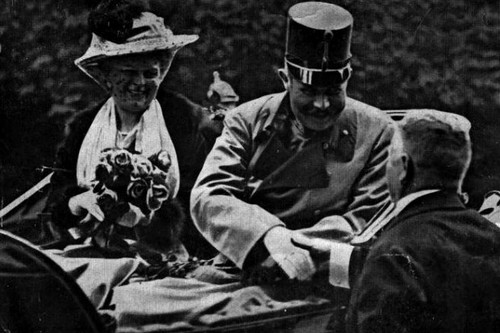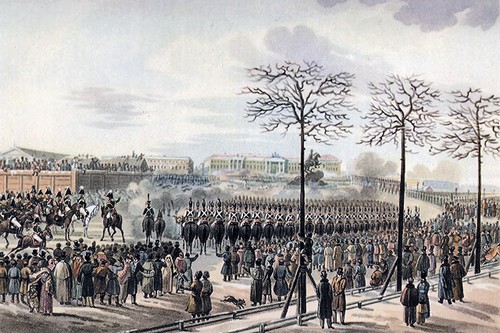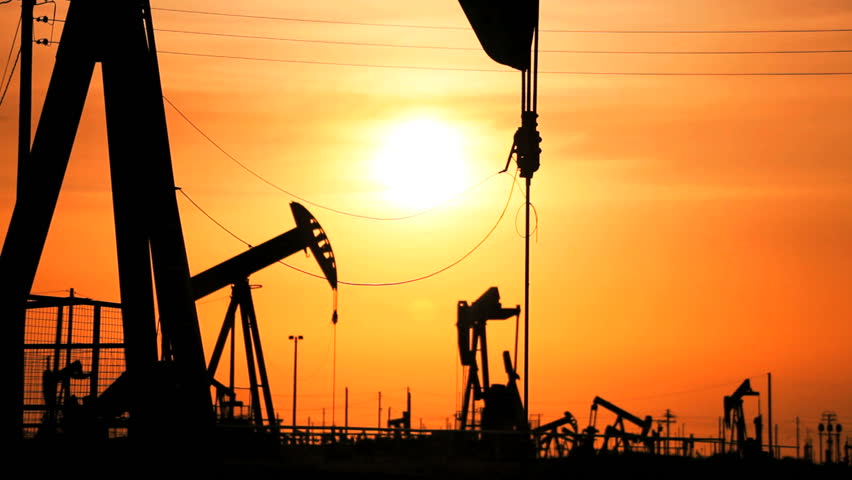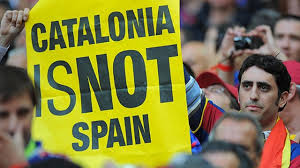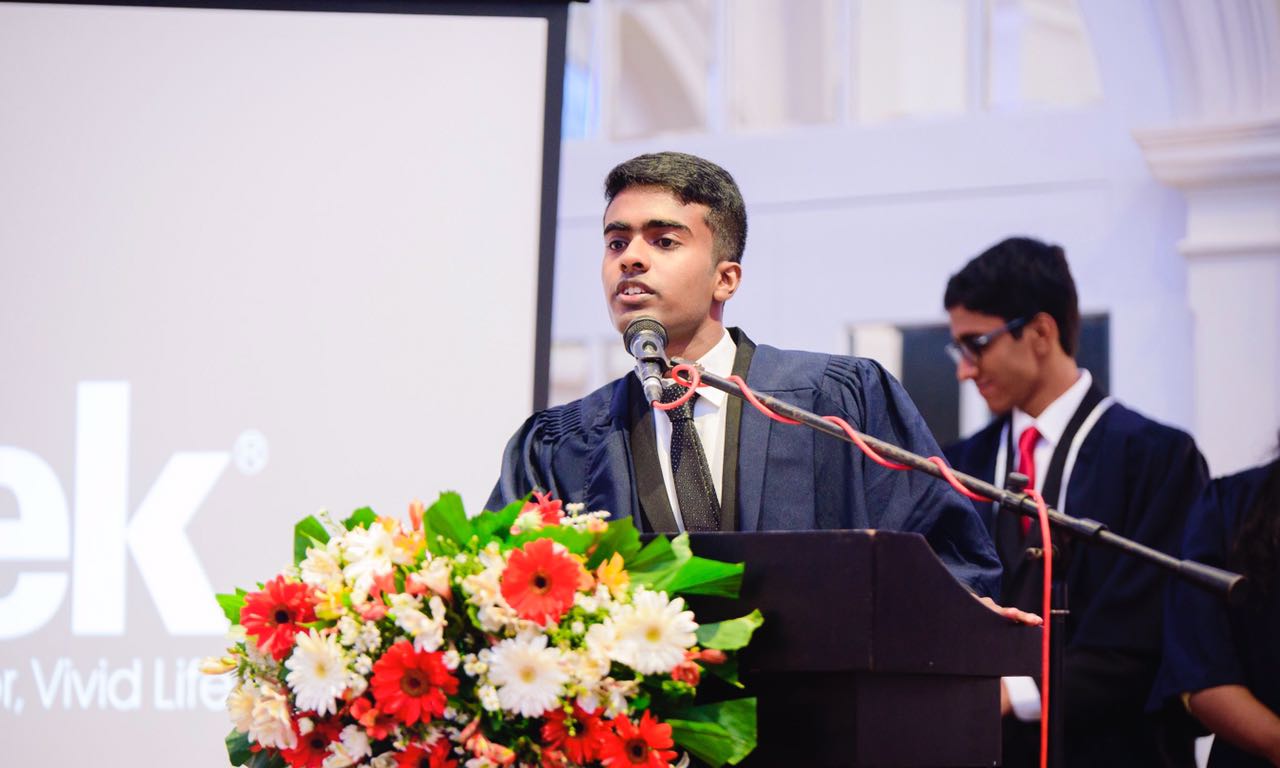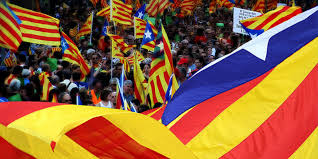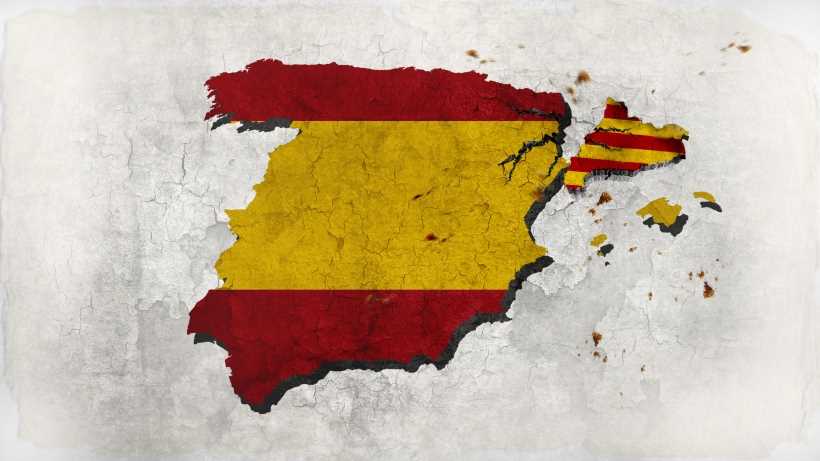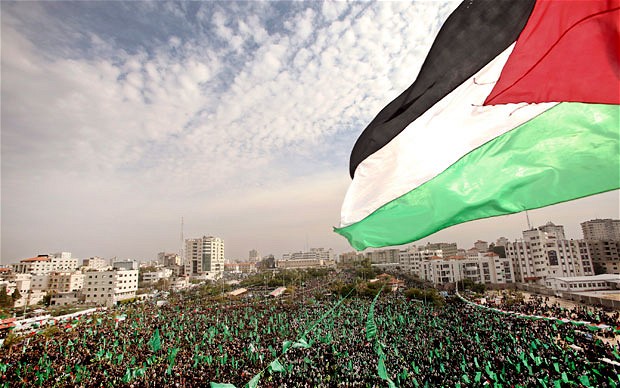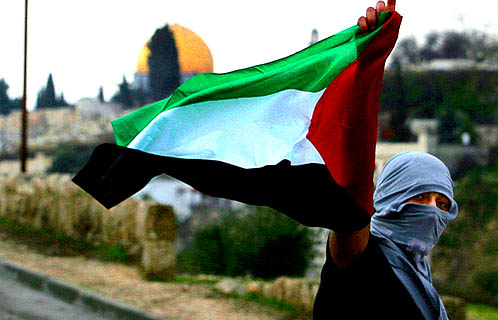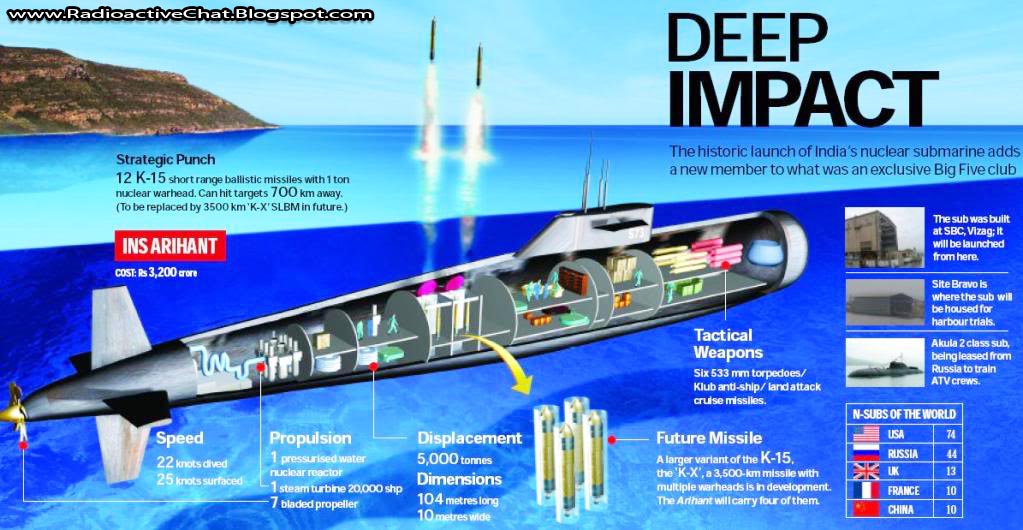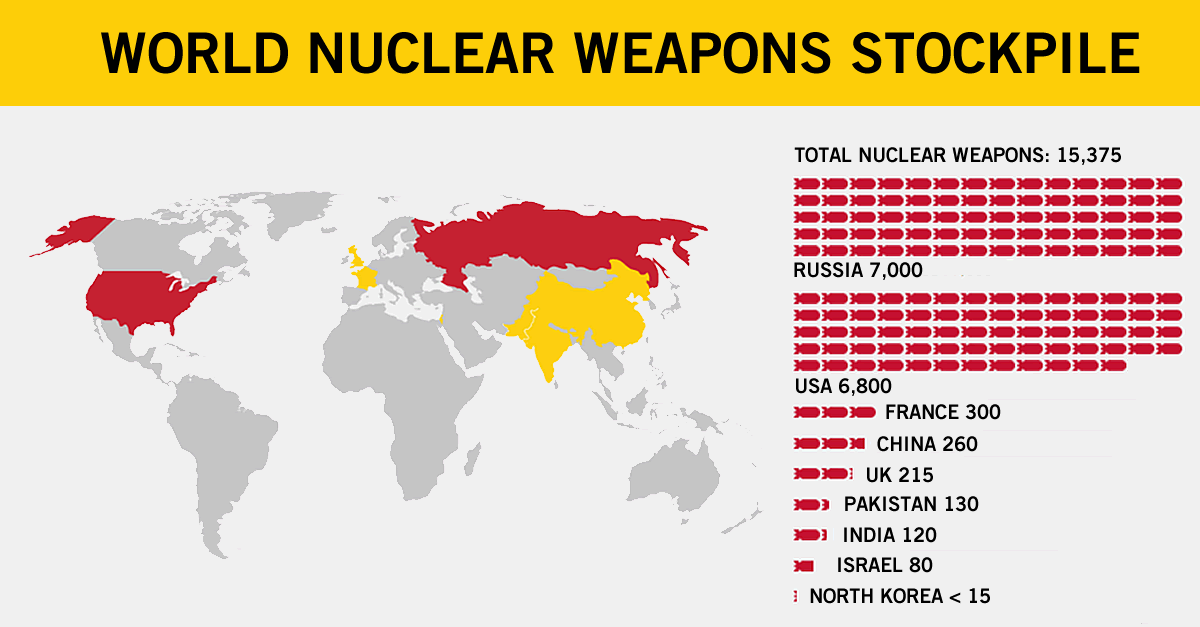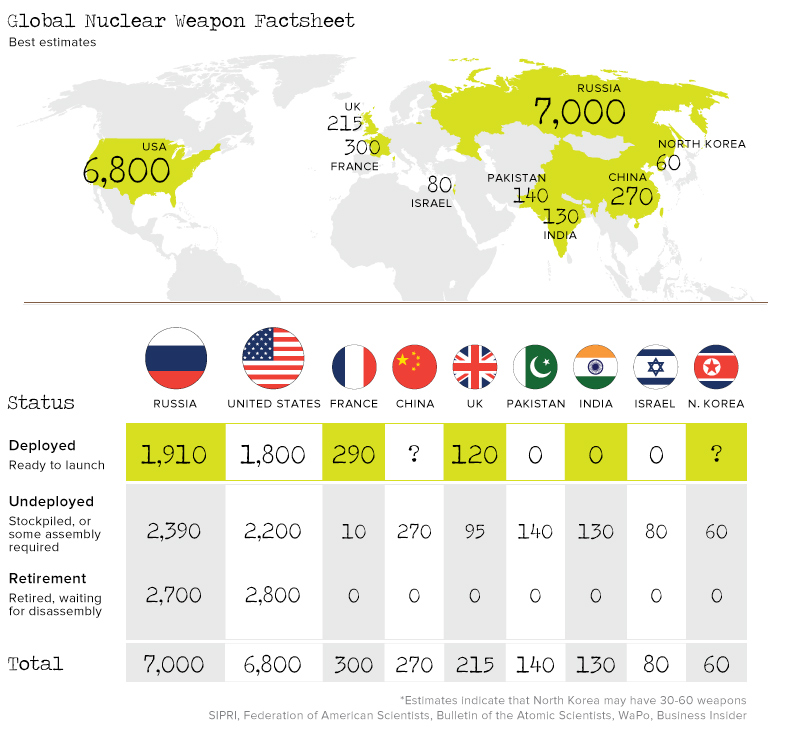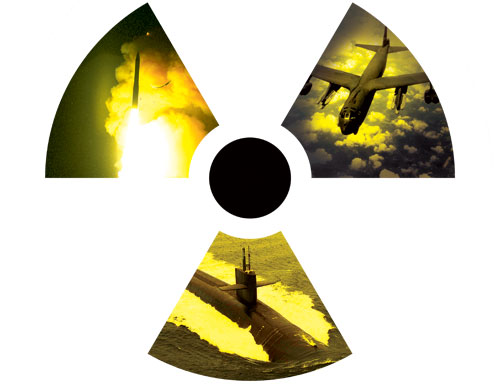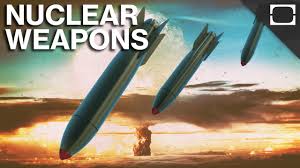Armies are considered an important part of a country and its security. Every year, a large fortune is allocated out of the budget for fighting battles. Countries take special initiatives to strengthen themselves militarily. If we try to compare the armies of the different nations to gauge the countries with strongest armies, it would probably not be possible to do so hypothetically. However, without leading to a bloodbath, we can have a fair idea about the military strengths of countries by taking into account the arsenal in their possession, advanced technologies implemented, training, power and number of allies, size of the army, budget allocated, etc. While it is a rather subjective issue, several organizations, such as Business Insider, conduct their own studies to rank the military powers. Let’s take a look at the Top 10 Countries with Strongest Armies.
10. Japan
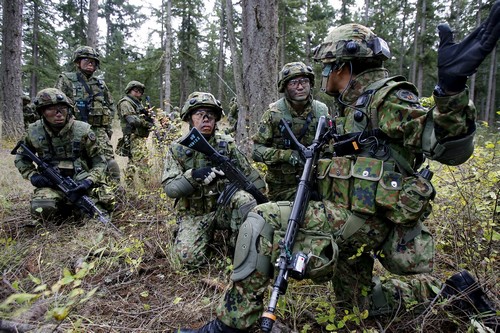
Japan was the land of Samurais, and Japan was a leading military force in WW-II. Interestingly, its peace treaty at the end of WW-II prohibits it from having an offensive army. In response to its growing disputes with the ever-expanding China, Japan started military expansion, first time in 40 years, placing new base on outer islands. It increased its military spending, first time in 11 years, to $49.1 billion, the world’s 6th highest. It has over 247,000 active personnel and almost 60,000 in reserve. With 1,595 aircraft, it is the 5th largest air force. The army is also equipped with 131 war ships. Besides, through its recent defence initiatives, it maintains a solid military presence in Asia.
9. South Korea
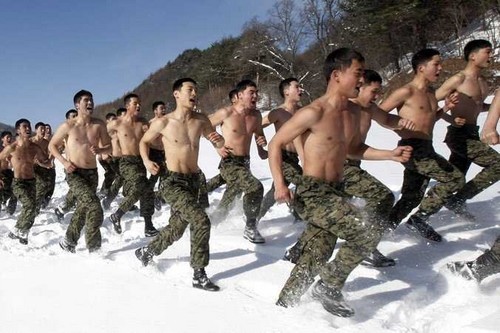
South Korea shares its border with North Korea which has an extremely powerful army at its disposal, and hence, is a constant threat to South Korea. But, its offensive neighbour is not its only problem. To meet the increasing armament of China and Japan, South Korea has been increasing its defence expenditure, which is now $34 billion. It maintains a large army of over 640,000 active personnel and 2,900,000 additional personnel in the reserve, alongside the 6th largest air force with 1,393 aircraft, as well as a small 166 ships. The country has about 15,000 land weapons, including rocket systems, as well as 2,346 tanks. It routinely participates in military training with the US.
8. Turkey
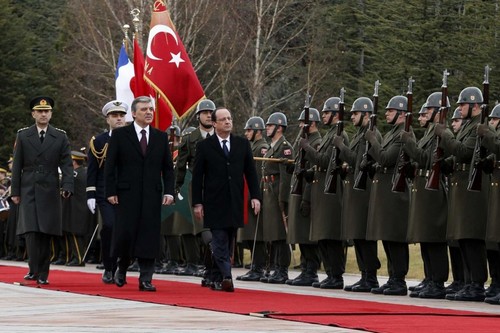
It was perhaps the struggle of the other countries sharing borders with the regions where the Islamic State has a strong presence, the struggle in Syria or the probability of clashes with the Kurdish separatist organization, PKK, which made Turkey realize that it needs to prepare itself to face danger head on, if and when it approaches, and decide to increase its investment in defence in 2015 by 10%. Its defence budget is at $18.18 billion. Its army size, including regular troops and reserves, is just above 660,000. Turkey’s air force has 1000 aircraft. The military also claims to 16,000 land weapons. It has strong diplomatic ties with the US, and partakes in initiatives around the world.
7. Germany
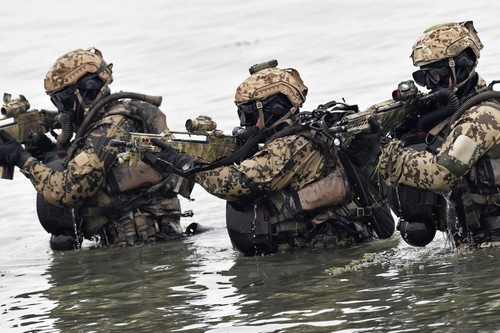
Germany is one of the strongest economic forces in the world, but despite spending around $45 million every year, the army’s condition seems to have deteriorated in the past few years. This is perhaps because, the generation born and growing up in the 1950-60s were against war and its atrocities, and the fear of being beaten by countries with strongest armies, still discourages the people to join the army. In 2011, mandatory military service was eliminated to prevent the country from being a militarized country. It has only 183,000 active frontline personnel and 145,000 reservists, alongside 710 aircraft in total, and on-land armament of nearly 5,000 of various kinds.
6. France
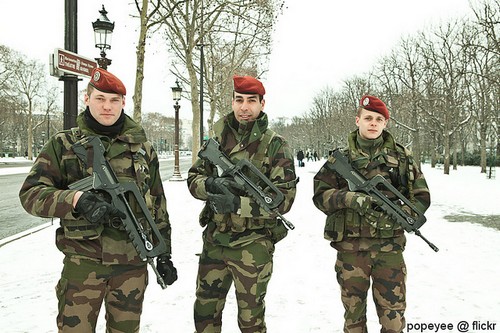
France is another country to follow Germany’s lead because, in 2013, it took the decision to ‘effectively ‘freeze’ its military spending, and cut down on the defence jobs by 10%, to save money for technologically advanced equipment. Its current military budget stands at $43 a year, which is 1.9% of the country’s GDP, much below the spending target as set by NATO. Over 220,000 regular force combines with reservists to form a force of about 500,000. It has just over 1,000 aircraft, along with 9,000 ground vehicles. Even if these do not make France a formidable army, its position in the EU and UN, a total 290 nuclear weapons, and significant deployments strengthen the country.
You May Also Like;
World’s Top 10 Best Special Forces.
10 Countries Without Military Forces.
10 Secret Societies That Shaped Our World.
10 Most Beautiful Female Armed Forces.
Military Tech’s 10 Best Action Shots.
5. The United Kingdom
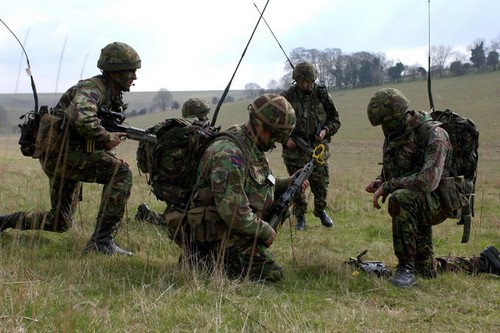
The United Kingdom, another member of the EU, also has a plan of reducing the size of the armed forces by 20% between 2010 and 2018, and apply smaller cuts to the Royal Navy and RAF. The defence budget of the UK currently stands at $54 billion. It has a regular force of only about 205,000, along with a small air force of 908 aircraft, and an even smaller navy of 66 ships. However, the army of the UK is still a powerful one, with its superior training, equipment and its 160 nuclear weapons being the main strengths. The Royal Navy is planning to put to service HMS Queen Elizabeth, in 2020. It is an aircraft carrier, planned to carry 40 F-35B joint strike fighters around the world.
4. India
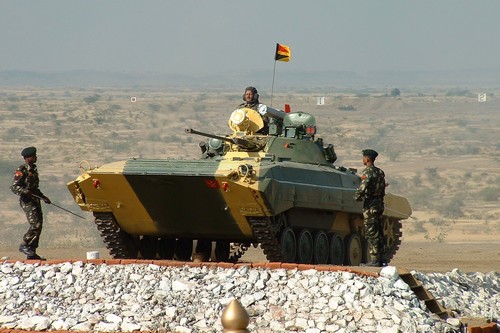
India has put its massive population to use, and built an army of a sizeable 3.5 million, including 1.325 million active military. The huge size of the Indian military is one of the reasons why it has always remained among the countries with best armies in the world. The man force of the army is complemented by almost 16,000 land vehicles which include 3,500 tanks, as well as 1,785 aircraft, alongside nuclear weapons. Its ballistic missiles can hit all of Pakistan or most of China. Its current defence budget stands at $46 billion, but it is expected to rise, in a drive to modernize the military power and become the 4th highest spender by 2020. It is the world’s largest military goods importer.
3. China
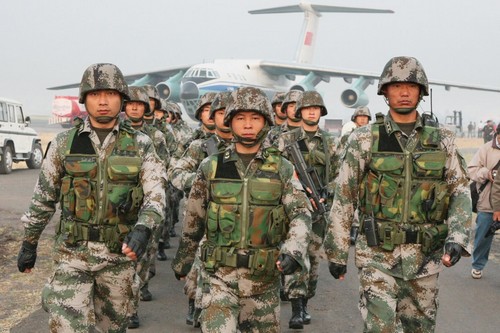
China’s defence budget officially stands at $126 billion, and, in a relentless drive to invest massively in defence, there is likely to be an increase of budget by 12.2%. It has a formidable size of army, with 2.285 million active frontline personnel and a further 2.3 million reservists, making it the world’s largest land force, along with nearly 25,000 land vehicles. It has another 2,800 aircraft on its air force. China is in possession of about 300 nuclear weapons, alongside 180 different methods of their deployment. China recently acquired sensitive information about the new F-35, and is noted for successfully stealing sensitive military technology. China is rightly among the top 3 armed forces.
2. Russia
Russia’s defence budget stands at $76.6 billion, and is expected to grow 44% more in the next three years. In fact, the military spending of Kremlin has increased by about a third since 2008, especially since Vladimir Putin took hold of Russia in 2000. The Russian army has shown substantial growth since the collapse of the Soviet Union two decades ago. It has 766,000 active frontline personnel and almost 2.5 million on the reserve force, though the soldiers receive mediocre training. The man force is backed by 15,500 tanks, making Russia the largest tank force in the world, though it is aging, like the other equipment. The country is the world’s leader, with almost 8,500 active nuclear warheads.
1. The United States

The United States spends a whopping $612.5 billion on the military, more than the other nine countries’ budgets combined. It maintains a remarkably large army composed of over 1.4 million soldiers, and a further 800,000 reservists. To complement the active ground force comprising well-trained men and women in uniforms, its biggest advantage is that it is the world leader in aircraft production, with a fleet of 19 aircraft carriers, while the carriers operated by the world together sum up to 12. The US implements cutting-edge technology like the Navy’s new rail gun, and the country also has 7,500 nuclear warheads at its disposal. No wonder it is no.1 military force since WW-II.
Thus, the defence budget, man power, air force, navy, etc. together help to determine the most powerful military forces in the world. The countries with strongest armies are the nations that are considered the biggest threats to global security, and these are the nations that also become the heavyweights in global affairs. While the US has projected a formidable military force for a long time, Russia has risen well, and China, too a force to reckon with. These countries clinch the top 3 positions, and the strategies of other countries may gradually make them recognizable forces in the world in a not-so-distant future.
This article was written by Wonderlist.com and is available here.

